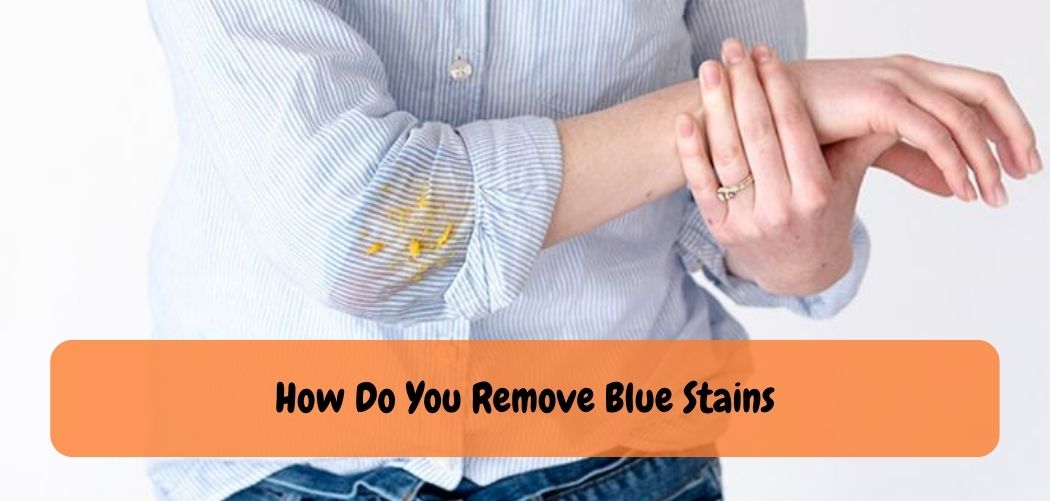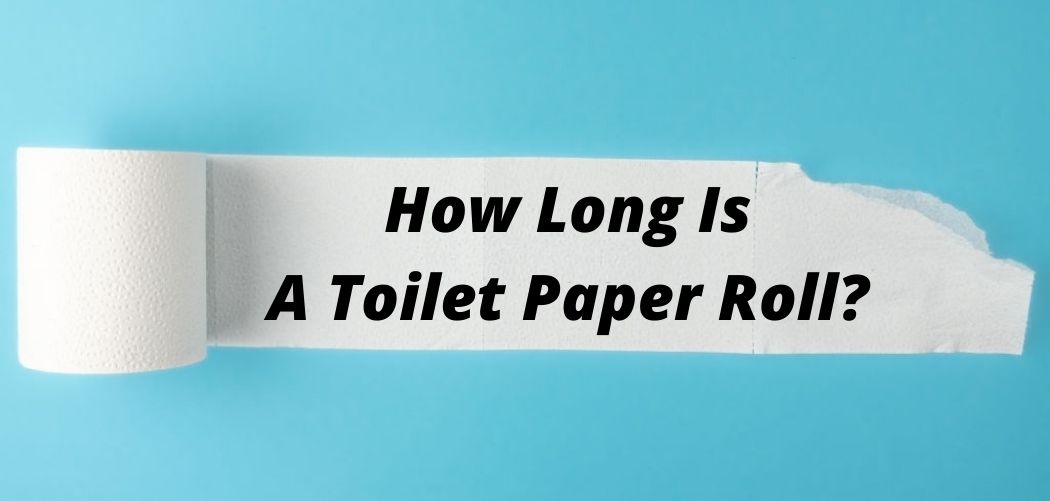To remove blue stains, mix equal parts of white vinegar and water, then apply the solution to the affected area with a cloth or sponge. Rinse thoroughly with water afterwards.
Blue stains can be a frustrating and unsightly nuisance, appearing on various surfaces in our daily lives. Whether it’s a spilled ink pen, dye from clothing, or a mishap with a blueberry smoothie, these stubborn marks can be challenging to remove.
Fortunately, there are several effective methods and techniques available to help tackle blue stains and restore the affected surfaces to their original condition. In this guide, we will explore different approaches to removing blue stains from a range of materials, providing you with valuable tips and tricks to combat these unwanted blemishes.
Whether you’re dealing with blue stains on fabric, upholstery, carpets, or other surfaces, we’re here to help you navigate the process and achieve successful stain removal. So, let’s dive in and discover the best strategies for banishing those pesky blue stains once and for all!
Understanding The Root Cause Of Blue Stains
Blue stains on clothes can be frustrating, but understanding their root cause can help you remove them. The science behind blue stains involves the use of dyes with different chemical compositions. There are two major types of blue stains; water-based and oil-based.
Determining the type of blue stain on your clothes is crucial to choosing the right removal method. Factors that influence the persistence of blue stains include the severity of the stain, the type of fabric, and the age of the stain.
Treating blue stains as soon as possible is recommended to increase the success of their removal. With different strategies for different types of blue stains, you can keep your clothes looking clean and free of unwanted dye marks.
The Guide For: Do You Remove Blue Stains
Blue stains can appear on various surfaces and materials, leaving behind unsightly marks that can be challenging to remove. Whether you’ve encountered a spill, a dye transfer, or an accidental smear, it’s important to address blue stains promptly to prevent them from setting and becoming even more stubborn.
In this informative guide, we will explore effective methods and techniques for removing blue stains from different surfaces, providing you with valuable tips and step-by-step instructions to help you successfully tackle these unwanted blemishes.
From fabric and upholstery to carpets and hard surfaces, let’s dive into the world of blue stain removal and discover the best strategies to restore your items to their pristine condition.
1. Assess the Stained Surface:
Before attempting any stain removal method, it’s essential to evaluate the type of surface or material you’re dealing with. Different surfaces may require specific cleaning approaches to avoid damaging the material. Consider the following:
a. Fabric and Clothing: Check the care label for specific instructions and any warnings regarding stain removal. Test any cleaning method on a small, inconspicuous area first to ensure it won’t cause color fading or damage.
b. Upholstery and Carpets: Determine the material and check for manufacturer’s guidelines or recommendations for stain removal. Take note of any sensitive areas or specific cleaning agents to avoid.
c. Hard Surfaces: Assess the type of surface, such as wood, tile, or plastic. Look for any protective finishes or coatings that may be affected by certain cleaning agents.
2. Act Quickly:
The key to successfully removing blue stains is to address them as soon as possible. The longer a stain sits, the more it can penetrate the material and become difficult to remove. Begin the stain removal process promptly for the best chances of success.
3. Blotting or Scraping:
For liquid blue stains, start by gently blotting the area with a clean cloth or paper towel to absorb as much of the liquid as possible. Avoid rubbing, as it can spread the stain further. For solid blue stains, like dried ink or paint, carefully scrape off excess residue using a blunt edge, such as a spoon or a plastic card.
4. Choosing the Right Cleaning Method:
The cleaning method you choose will depend on the type of surface and the severity of the stain. Here are some effective approaches for removing blue stains:a. Water and Mild Detergent:
- Fabric: Mix a small amount of mild detergent with water and apply it to the stain using a clean cloth or sponge. Blot the area gently, working from the outside toward the center to prevent spreading. Rinse with water and pat dry.Upholstery and Carpets: Create a solution of water and mild detergent. Dampen a clean cloth with the mixture and blot the stain, avoiding excessive saturation. Rinse with a clean, damp cloth and blot dry.
- Fabric: Use a stain remover specifically designed for the fabric type, following the manufacturer’s instructions. Apply a small amount to the stain and gently work it into the fabric using a clean cloth or sponge. Rinse thoroughly and launder as recommended.Upholstery and Carpets: Test the stain remover on a small, hidden area first to ensure it won’t cause discoloration. Apply a small amount to the stain and gently blot with a clean cloth. Rinse with water and blot dry.
- Fabric: Oxygen-based bleaches, such as hydrogen peroxide, can be effective for removing blue stains from white or colorfast fabrics. Dilute the bleach with water following the instructions, apply it to the stain, and let it sit for a few minutes. Rinse thoroughly and launder as usual.Upholstery and Carpets: Oxygen-based bleaches may not be suitable for all upholstery or carpet materials, so consult the manufacturer’s guidelines or seek professional cleaning advice before using them.
5. Hard Surfaces:
Depending on the type of surface, there are specialized cleaners available for removing blue stains. For example, use a non-abrasive cleaner for painted surfaces, a suitable solvent for plastic, or a wood cleaner for wooden surfaces. Follow the instructions provided by the manufacturer.
6. Repeat if Necessary:
Stubborn blue stains may require multiple attempts to completely remove them. If the stain persists after the initial cleaning, repeat the chosen cleaning method or try an alternative approach. Be patient and persistent, but avoid excessive scrubbing, which can damage the material.
7. Professional Help:
If your efforts to remove blue stains are unsuccessful or you’re dealing with delicate or valuable items, it’s best to consult a professional cleaner or restoration expert. They have the expertise and specialized tools to tackle stubborn stains safely and effectively.
Also Read: How to Get Rid of Urine Stains on Toilet Seat?
Top Strategies To Remove Blue Stains From Clothes
Blue stains on clothes can be frustrating, but there are various ways to get rid of them. Natural remedies, like lemon juice and vinegar, can work wonders. Mix baking soda and hydrogen peroxide solution to create a homemade stain remover.
Salt and dishwashing liquid can be applied to the stain for a quick fix. You can also use chemical solutions such as chlorine bleach, oxygen bleach, and stain removers, but make sure to read the label first. With these strategies, you’ll be able to remove blue stains from your clothes quickly and efficiently.
Frequently Asked Questions On How Do You Remove Blue Stains?
How Do You Remove Blue Stains From Clothes?
You can remove blue stains with vinegar or lemon juice, oxygen bleach, or a commercial stain remover.
Can You Remove Blue Stains From White Clothes?
Yes, you can remove blue stains from white clothes using oxygen bleach or a mixture of baking soda and hydrogen peroxide.
How Do You Remove Blue Stains From Carpets?
To remove blue stains from carpets, first blot up any excess liquid, then apply a mixture of vinegar and water or a commercial carpet cleaner.
Does Rubbing Alcohol Remove Blue Stains?
Yes, rubbing alcohol can remove blue stains, especially from hard surfaces. Apply a small amount of rubbing alcohol to a cloth and dab at the stain.
Can You Prevent Blue Stains From Happening?
Yes, you can prevent blue stains by using color-safe bleach or washing new dark clothes separately before wearing.
Conclusion
Removing blue stains from any material is a tricky task. Many factors come into play, such as the type of stain, material, and the time elapsed since the accident. The good news is that with the right approach, you can still get rid of stubborn blue stains.
First, you want to identify the nature of the stain and the material. Second, using suitable removal techniques based on the type of material and stain. You can try homemade remedies, including vinegar, baking soda, or lemon juice. However, it is best to test the solution on a small, inconspicuous area before applying it to the stain.
Lastly, if all fails, seek professional help. Remember, the key is to act fast and not let the stain set for too long. With these tips, you can remove blue stains without ruining your favorite clothes or furniture.










